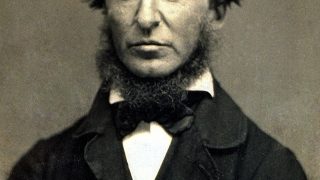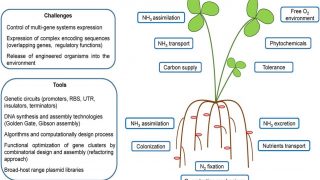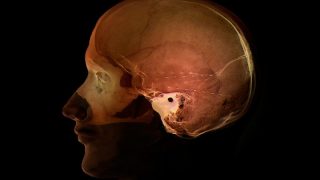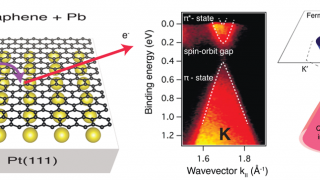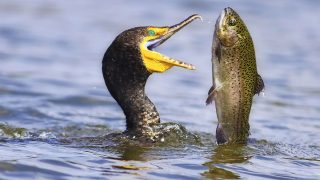
MI weekly selection #231
Mature parasite living in fish eyeball helps host become easy prey for birds The parasite Diplostomum pseudospathaceum grows inside fish eyeballs and, depending on its age, either protects its host or compels the fish to become easy prey to birds. When the parasite is young, it wants its fish host to stay alive so it […]

